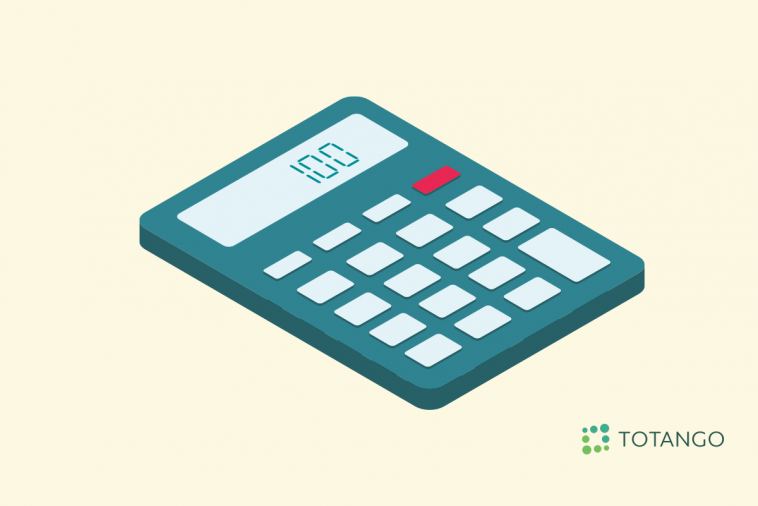- Like
- SHARE
- Digg
- Del
- Tumblr
- VKontakte
- Flattr
- Buffer
- Love This
- Save
- Odnoklassniki
- Meneame
- Blogger
- Amazon
- Yahoo Mail
- Gmail
- AOL
- Newsvine
- HackerNews
- Evernote
- MySpace
- Mail.ru
- Viadeo
- Line
- Comments
- Yummly
- SMS
- Viber
- Telegram
- JOIN
- Skype
- Facebook Messenger
- Kakao
- LiveJournal
- Yammer
- Edgar
- Fintel
- Mix
- Instapaper
- Copy Link
Customer retention is the lifeblood of any savvy enterprise. It’s the only way to be successful in this customer-centered economy and ensure scalable long-term revenue. To retain customers, companies must make the customer experience better and ensure customers never stop seeing value from their product or service. As such, you will need to keep a close eye on your customers as they progress along the customer journey to avoid churn and gather the data needed to calculate your retention rate.
Your customer retention rate (CRR) indicates the percentage of customers you’ve retained within a certain length of time. It’s an invaluable metric and, with this data in hand, you can spot any problems and work on keeping your customers satisfied in the long run.
The Benefits of Improving Your Customer Retention Rate
Why is it important to improve your customer retention rate? Managing your CRR confers several important benefits which can directly benefit your bottom line.
First, actively monitoring your CRR provides you with an objective metric to measure the effectiveness of your customer retention strategy. Without tracking your CRR, your perception of your customer loyalty can only be based on intuition and guesswork. When you monitor your CRR, you can measure exactly how well you’re doing at retaining repeat customers.
Second, you can use your current CRR as a baseline to set goals and benchmarks for improvement. This allows you to chart a step-by-step path towards higher retention where your progress can be measured objectively rather than estimated vaguely.
Third, monitoring how your customer retention efforts affect your CRR allows you to see if your retention strategies are working or not. Knowing this can allow you to replicate effective retention tactics while avoiding ones that aren’t generating results.
Fourth, focusing on improving CRR allows you to split-test different retention strategies to see which ones are most effective. You can test a retention idea on a small sample group before implementing it with your entire customer base.
Fifth, by tracking and improving your CRR, you can optimize customized retention strategies for different segments of your customer base. You may find that a strategy that works well with one customer segment may not work as well with another.
Sixth, improving your CRR, you increase the average lifetime value of each customer you acquire. Each customer you acquire and retain makes more purchases over the course of their relationship with you than those who churn. This increases your revenue as well as the effectiveness of your marketing, decreasing your marketing costs.
Seventh, increasing your CRR increases the number of your satisfied customers who become promoters of your business. Higher customer retention correlates with higher customer satisfaction, making your customers more likely to refer you to friends and colleagues. Another way of putting it is by saying that increasing your CRR increases your Net Promoter Score (NPS).
Finally, improving your CRR directly increases your revenue and profits. The more customers you retain, the higher your repeat business volume, and the higher your volume of business generated through referrals. In short, improving CRR directly increases your profitability.
Calculating Your Customer Retention Rate
Before you can begin improving customer retention, you’ll need to know exactly what percent you’re retaining. To calculate your customer retention rate (CRR) you will use the formula below, and keep in mind you’ll need to choose a unit of time, such as a month.
((E-N)÷S) x 100 = CRR
You’ll need the following information:
- S = The number of customers (or amount of revenue) you had at the period’s start
- E = The number of customers (or amount of revenue) at the period’s end
- N= The number of new customers (or revenue) you gained within that period of time
Let’s take an example of how this formula works in practice. Let’s say you started the month with 200 customers. Over the course of the month, you gained 20 customers and lost 10. This would give you the following values:
Inserting this into the formula yields:
[(210 – 20) ÷ 200] x 100 = CRR
(190 ÷ 200) x 100 = CRR
.95 x 100 = CRR
95 = CRR
Therefore, your CRR would be 95%.
Of course, we’d all love to see a CRR of 100%, but remember that this may not be realistic. To set a target CRR, research what CRR scores are common in your industry. For example, in the SaaS industry, 35% is a good retention rate.
Another way to look at this is revenue retained (which is what most businesses are looking at). Using the same example, let’s say you started the month with $200,000 in revenue. Over the course of the month, you gained $20,000 in additional revenue but $10,000 in churn. Your revenue retention rate is still 95%
You should monitor your CRR by calculating it on a regular basis, such as monthly, quarterly, or annually. If it is rising, you know you are on the right track; if it drops, you need to enact better customer success efforts. As your customer retention initiatives progress, you should start to see your CRR improve.
Retaining customers is far less expensive than the cost of acquiring new ones and can bring growth in the form of upsells from current customers. If a customer remains loyal, their lifetime value is far higher than whatever they paid for their initial purchase.
How to Improve Your Customer Retention Rate
If you’ve calculated your company’s CRR only to find it lacking, there are several ways to improve it. Start by demonstrating the value of your product early in the customer journey by offering case studies and testimonials. Providing proof that others have benefited from your product can reassure customers going into the transaction and instill confidence at the start of the relationship.
Let customers know how long it will take for your product to start delivering results so that they have realistic expectations. Monitor a new customer’s product use and if you spot milestones that indicate success, share this with the customer so they stay encouraged. Reward high-value customers with incentives or loyalty programs to ensure they see how much your company cares about them.
Finally, personalize your communications based on the customer’s buying history and preferences at every stage of the relationship. This shows that your company listens to and anticipates the customer’s individual needs. As you implement these fixes, measure your CRR on a regular basis. You can also do an audit of churned customers by offering exit surveys and looking for other similarities between those who have churned in order to better retain future customers.
A Positive Customer Retention Rate Leads to Renewals and Upsells
Once you know what percentage of your customers are sticking around after the initial purchase, you can either gather more data about why customers are churning or work on deepening the customer relationship. Next, you can start focusing on making upsells and ensuring renewals.
Raising your customer retention rate is a detailed process, but it doesn’t have to be overwhelming. A customer success platform can unify all your customer data so you can have it at your fingertips during every customer interaction, which increases adoption, retention, and expansion.
No matter how you go about it, make retaining customers—rather than continually hunting up new ones—a business goal. It raises customers’ lifetime value and offers sustainable, stable revenue you can count on.
Totango provides a robust customer success platform that makes it easier to align your business around your customer’s needs. Our tools and services can help you meet KPIs and achieve retention goals. Explore Spark for free to learn how we can help you create lasting customer success.



